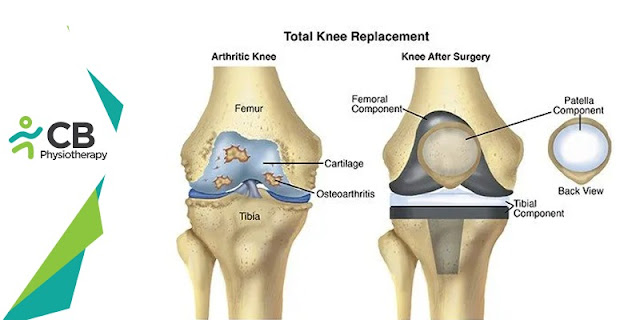What NOT to do after Hip Replacement Surgery?
If someone you care for has undergone a hip replacement surgery, it's important to know the precautions they should take after hip replacement. Once the hip replacement surgery is done, some of the patients want to return to their routine work as soon as possible, but without taking proper precautions they might cause dislocation or injury, other patients are apprehensive to move and thus delay the process of getting back to their jobs. The patient needs not to be afraid of using the involved limb after surgery, the only thing he needs to take care of while returning back to their work is to take proper precautions to prevent any complication. Hip replacement is major surgery and takes months to recover completely. Proper guidance should be taken by consulting a doctor or a physiotherapist to maintain the balance between rest and activity. The process of maintaining balance will change over time, as with time the hip joint stabilizes and thus improves in function. Today we are going to review with you some important precautionary measures to be taken after the hip replacement surgery:
Postoperative precautions for total hip replacement surgery:
To avoid prosthesis dislocation, patients are given instructions to avoid such motions.
· Crossing legs or bringing them together (adduction).
· Bringing the knee too close to the chest (extreme hip flexion).
· Turning the foot in toward the other leg (internal rotation).
· When sitting, sit with knees comfortably apart.
· Avoid sitting in low chairs and especially overstuffed sofas or chairs.
· Do not lie on the involved side, until cleared by the doctor.
· When lying on the uninvolved side, always have a large pillow or two small pillows between the knees have the knees in a slightly bent position.
· Continue to use the elevated commode seat, usually around.
6-10wk
· Do not cross the legs while walking, especially when turning.
· Avoid bending past 80 degrees (e.g. touching your feet, pulling up pants, picking up something off the floor, pulling up blankets while in bed.
· Sit in a slightly reclined position avoid leaning forward when sitting on the commode. Do not let your shoulders get ahead of your hips when sitting or getting up.
· Avoid raising your knee higher than your hip when sitting in a chair.
· Going up the stairs - Step up with an uninvolved leg, keeping crutches on the step below until both feet are on the step above, and then bring both crutches on the step.
· Coming down the stairs - Place crutches on the step below. Step down with the involved leg and then with the uninvolved leg.
· Continue to use the crutches or walker until return to see the doctor. Avoid prolonged sitting for longer than 1hr before standing and stretching.
· Can return to driving 6 weeks after the surgery only if you have good control over the involved leg and can move the extremity from accelerator to brake with little effort.
· Place nightstand on the same side of the bed as the uninvolved leg avoid twisting the trunk towards the involved side, which would be the same as turning the leg inward.
· Try to lie flat in the bed flat for at least 15-30 min per day to prevent tightness in the front part of the hip.
· If there is increased swelling in the involved leg, try popping the foot up (remembering to lean back).
People recovering from hip replacement surgery are advised to take long-term precautions which can help them to avoid problems. These precautions help to prevent their new hip from dislocating and helps with a quick and thorough recovery.
